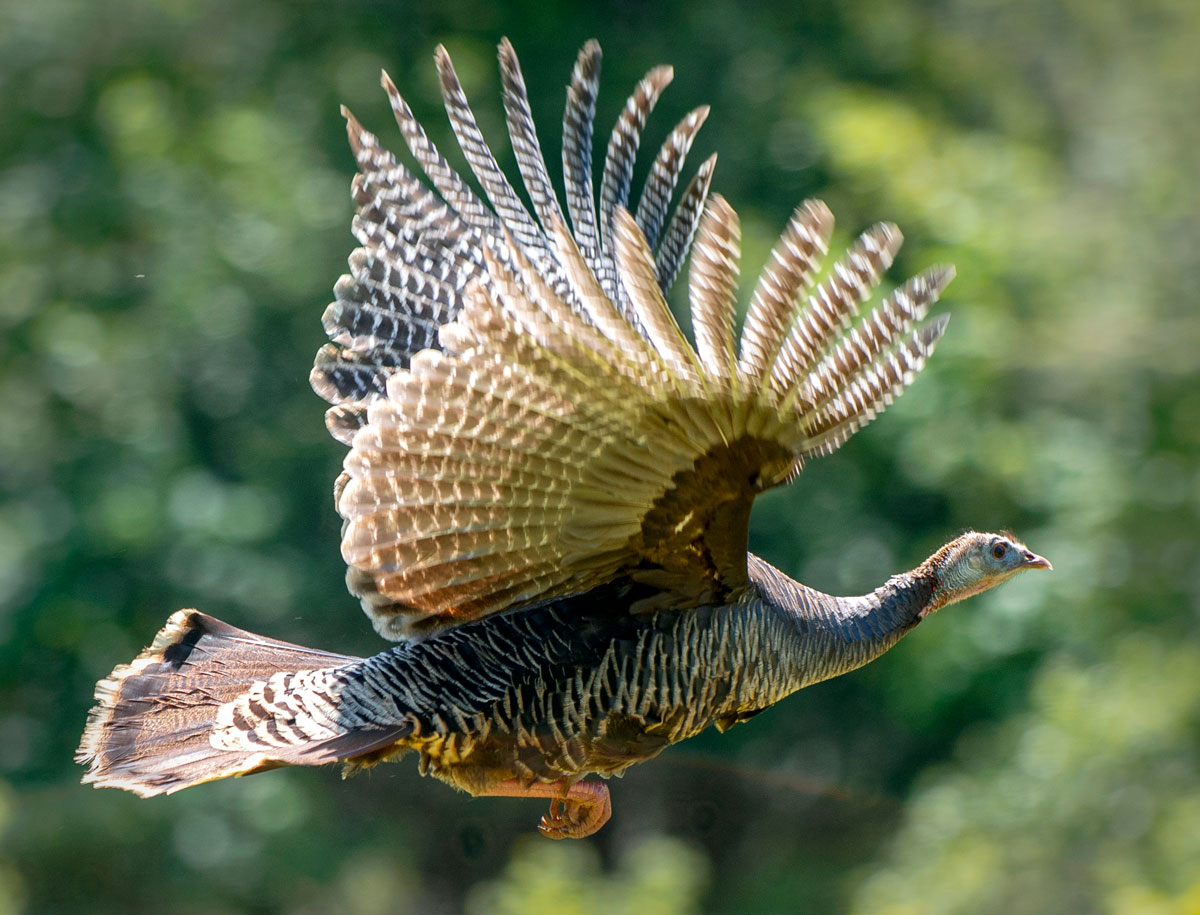 |
| A large bull snake crosses a country road near Elkton in rural western Oregon on Wednesday, May 30, 2018. Bull snakes are non-venomous, but at times they can become aggressive when threatened. |
Contact
Contact: rloznak@gmail.com. All images are copyrighted.
Wednesday, May 30, 2018
Snake crossing
Sunday, May 27, 2018
Turkey time
Lazy day on the river
 |
| A western pond turtle swims through the cool clear water of the Umpqua River near Elkton in western Oregon on a beautiful spring morning on May 27, 2018. |
 |
| Western pond turtles can live for 50 or more years. Due to habitat loss and the introduction of invasive predators like bass and bullfrogs, western pond turtles are listed as vulnerable on the IUCN Red List of species. |
Saturday, May 26, 2018
Hungry, hungry starlings
Wednesday, May 23, 2018
Day old fawn in Oregon
 |
| A one-day old black tailed deer fawn lays motionless in a pasture on a farm near Elkton in western Oregon on Wednesday, May 23, 2018. |
 |
| Wildlife officials caution people to leave young fawns in the place they are found as the mother deer is likely nearby and will return when the humans leave the area. |
 |
| Folks mowing in fields should be extra careful during the fawn season. |
Saturday, May 19, 2018
Hungry Bumblebee
Bordered plant bugs
Thursday, May 17, 2018
FEED ME!!!
Monday, May 14, 2018
Trump on a stump
 |
| A slightly smaller sculpture of the president is displayed a few blocks away in front of a carving studio. |
Saturday, May 12, 2018
Fancy flight
Wednesday, May 9, 2018
Western tanager
 |
| It's a colorful male western tanager in a thicket near our home in western Oregon on Wednesday, May 9, 2018. According to the super cool Cornell Lab of Ornithology, while most red birds owe their redness to a variety of plant pigments known as carotenoids, the Western Tanager gets its scarlet head feathers from a rare pigment called rhodoxanthin. Unable to make this substance in their own bodies, Western Tanagers probably obtain it from insects in their diet. |
Tuesday, May 8, 2018
Fighting for traditions in Unalakleet, Alaska
Last month I and a team from Our Children's Trust visited teenage climate change plaintiff Summer in her village of Unalakleet, Alaska on the Norton Sound of the Bering Sea in northwest Alaska. Summer is a plaintiff in a lawsuit filed by 16 youth against the state of Alaska. Learn more about Summer's ground breaking lawsuit here.
 |
| Summer is an accomplished athlete. Below she practices the One Armed Reach in her high school gym before competing in the Native Youth Olympics last month in Anchorage. |
 |
| Gathering wild blueberries and salmon berries on the tundra is a tradition in Summer's family. |
 |
| Summer sits with co-plaintiff Esau at the attorney table during a hearing on her case in Anchorage last month. |
 |
| Summer is a plaintiff in an important climate change lawsuit, but she's also a fun loving teenager. |
Monday, May 7, 2018
Esau's story from Shishmaref, Alaska
 |
The population is about 95% Inupiak Eskimo with some non-native teachers from off island who work under contract at the school. The island was settled permanently about 100 years ago when the government built the school and post office. The Lutheran church came next and the formerly nomadic people, who previously roamed the interior and coastal areas, settled onto the island.
Shishmaref is the poster child for the Climate Crisis. It’s on the front lines of the battle for survival and is considered one of the most endangered places on the planet. Each year erosion takes 10 or more feet of its precious land. With melting permafrost and less sea ice providing a buffer, late season storms sweep off the Bering Straight and eat away the rocky shore.
Not only did the ice provide a buffer, but it also allowed for hunters in the village to travel by ice to their traditional hunting grounds in search of bearded seals and walrus. The loss of the ice is not only causing erosion of the land, but also the loss of the people’s subsistence lifestyle.
In the not so distant future the residents of the remote village will abandon their homes and become some of the world's first true climate refugees. In 2016 a slim majority of the residents voted to relocate the village to the mainland. According to the Alaska Corps of Engineers the cost of relocating the village would be about $180 million. The funds are not available and the move is pending.
|
 | ||
During a presentation at the Aspen Ideas Festival in 2017, Esau said,“We can not wait 10 years from now, five years from now, one year from now, or even tomorrow. We have to work on climate policy and climate change today. If we do not do something today than within the next two decades Shishmaref will be under water and I won’t have a home.”
Back home on the island, Esau looks out from a small eroding cliff facing the churning Chuckchi Sea. He says the land he is standing on now is what remains between his grandparents' tiny home and vast open ocean. Now says Esau, “My papa's house is the last one standing.”
During a storm the previous winter, Esau says, the waves actually splashed and reached over this cliff and hit the top of his grandparents' house. As a stopgap measure, many of the nearby small homes have been moved to the sheltered leeward side of the gravel island.
|
Tuesday, May 1, 2018
Subscribe to:
Comments (Atom)































